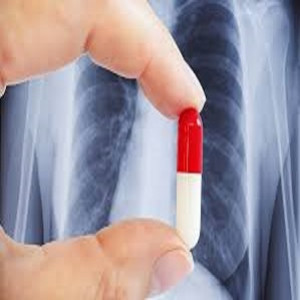| Bosti Trading LTD. |

| Registration Date | 13 May 2020 |
| Revision Date | 13 May 2020 |
| Share |
Medicine Pharmaceuticals
COVID-19 drug
Novochizol™ nanoparticle aerosol formulation can be used to deliver and confine any potential anti- COVID-19 drug to the lungs of acutely ill patients.
Novochizol™ is a fully biocompatible chitosan-based nanoparticle that strongly adheres to lung epithelial tissues and ensures sustained release, without systemic distribution. Extensive preclinical testing, conducted by Bioavanta-Bosti’s academic partners, indicates that Novochizol is a safe and effective drug delivery technology.
Novochizol™starting material is chitosan, a linear polymer derived from chitin, the second most abundant polysaccharide, after cellulose. It is fully biocompatible, studied in numerous pharmaceutical and medical applications, demonstrating the highest safety profile possible.
Novochizol™ synthesis comprises:
A two-step activation of linear chitosanAddition of essentially any active ingredient – small molecule or biologic – alone or in combination
An intramolecular reaction that encapsulates the active ingredient and generates a nanoparticle with properties that make it an ideal intra-pulmonary delivery system
Bosti has just completed the development of a 48-hour Novochizol TM- based manufacturing process to generate intra-pulmonary drug delivery formulations suitable for treating COVID-19 patients.
The company is interested in partnering with drug developers and clinical researchers to rapidly develop a repurposed drug or new molecular or biological entity formulations to help treat severe COVID-19 infection, in the lungs. Based on the ongoing proof of concept studies (Losartan, Valsartan, Telmisartan, Digoxin, rACE2), Novochizol aerosols can deliver a therapeutic dose to a patient over a period ranging from 25 minutes to 3 hours.
In the preclinical evaluation stage